

Do You Have a Beautiful Bod or What? 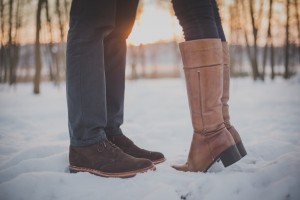
Characters’ Inaction Speaks Louder Than Words
When Characters Are in Conflict with Themselves: Psychology & Folk Wisdom
Writing Relationships: Why Not Get the Hell Out of Dodge? 
Writers Need Toxic Relationships
Two Ways to Stop Procrastinating and Start Writing
The Principle of Least Interest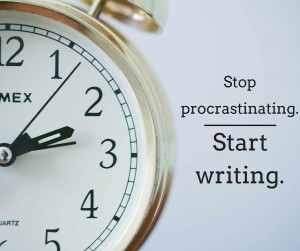
Why Women Have Sex: Character Motivation Matters
Rational and Irrational Behavior in Your Characters
Want to be published? Join Sisters in Crime at the Libbie Mill Library on Saturday, February 27, 2016, for “Paths to Getting Published–Mystery Authors Tell Their Tales.” A book signing and celebration of the publication of Virginia is for Mysteries II will follow.
I’m excited that Virginia is for Mysteries: Volume II is available!
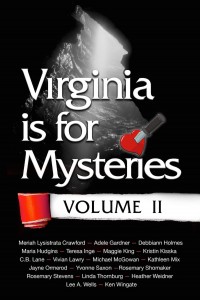
You can find it at your bookstore of choice. (Barnes & Noble is releasing the book later this month.)
I’m honored to have my story “War and Murder at Nimrod Hall” in the anthology. My story is set at historic Nimrod Hall. Over on the Virginia is for Mysteries blog, I shared how Nimrod Hall inspired me.

I hope you can join the authors on Saturday, February 27, at Libbie Mill Library for an author panel and book celebration. Thank you for all your support!
I can’t imagine a writer without some tools of the trade, even if those are only a good dictionary and a thesaurus, preferably a good manual of style as well.
Most of us have much more than the basics, however. I often set stories in times that are not now. Therefore, in order to get the details needed to enrich the prose and draw the reader into the period, I often rely on bits of dialogue about what something costs, or what’s being eaten or worn.
For the cost of things, I turn first to The Value of a Dollar.
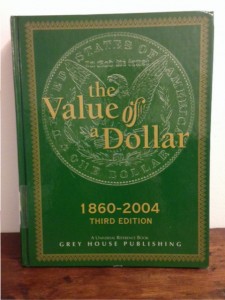
The most recent volume is 1860-2014, and new it costs $155. I first came across this book in the reference section of a library in Clifton Forge, VA, when I was researching my novel Nettie’s Books, which is set 1930-1935. I was delighted to learn that ham was 8¢ a pound back then, and that Sears was selling 25 Hershey’s 5¢ Almond Bars for $1. I wanted that book! The price of a new one was prohibitive, but by dropping back to the previous edition (pictured above), it was very reasonable. Indeed, I just ordered the one that covers 1860-2009 for $7.91 plus shipping.
As you know from other parts of this website, I collect cookbooks. But I also collect food reference books for writing, such as the two pictured here.
Being able to put waffle irons, Kool-Ade, Spam, and Jiffy Biscuit Mix in the right period is highly tempting! Among other things, such references may trigger childhood memories for readers and help draw them in.
In addition, I find it very helpful to have good references for popular culture and slang. In fact, I have several of each. I often write stories set in Appalachia some decades past, when saying an overweight woman wears clothes so tight she looks like ten pounds of potatoes in a five-pound sack can create just the right vivid image of the woman in question as well as giving insight into the speaker. A character saying, “What a hoot!” is clearly older than the one who says, “Whatever.” The two books pictured here are rather specialized ones, but more comprehensive options are readily available both new and used.
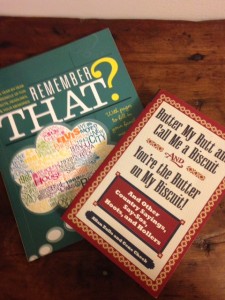
I revel in dipping into these and other references even when I’m not researching a particular writing project. Some of my favorites don’t fall into any of the above categories, but they are great stimulants to striving for better, richer language.
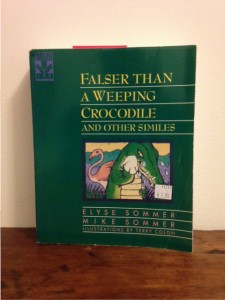
I was a reader before I was a writer (weren’t we all?) and for me, these are great reads! Advice to writers: choose research and writing tools you can enjoy.
What are your favorite research books and tools?

If—for some reason—you prefer weekly celebrations, the 3rd week in February is International Flirting Week. And FYI, the internet makes international flirtations available to virtually everyone.
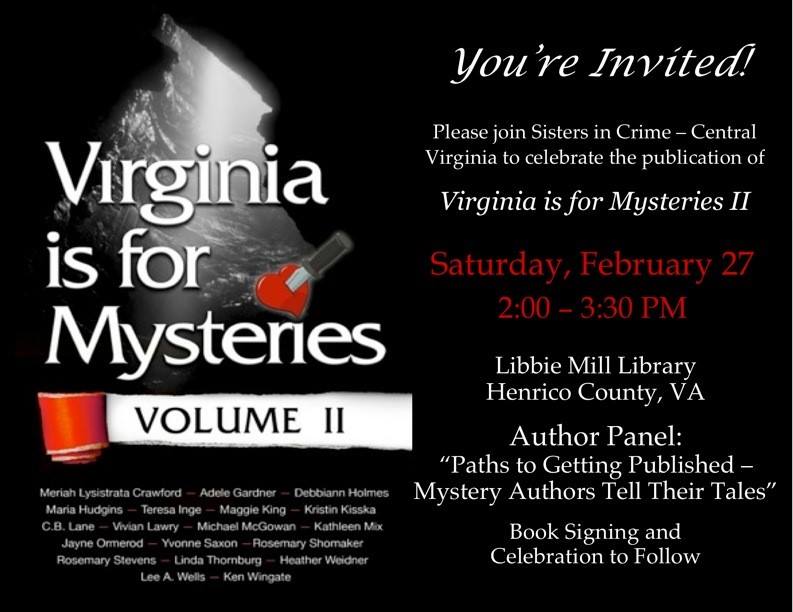 I hope you’ll join me and the Sisters in Crime–Central Virginia to celebrate the publication of Virginia is for Mysteries: Volume II on February 27, 2:00-3:30 p.m. We’ll begin with an author panel, “Paths to Getting Published–Mystery Authors Tell Their Tales.” A book signing and celebration will follow.
I hope you’ll join me and the Sisters in Crime–Central Virginia to celebrate the publication of Virginia is for Mysteries: Volume II on February 27, 2:00-3:30 p.m. We’ll begin with an author panel, “Paths to Getting Published–Mystery Authors Tell Their Tales.” A book signing and celebration will follow.
Click here to learn more about Virginia is for Mysteries or check out our blog.
Pre-order Virginia is for Mysteries: Volume II.
Or join us on February 27th!